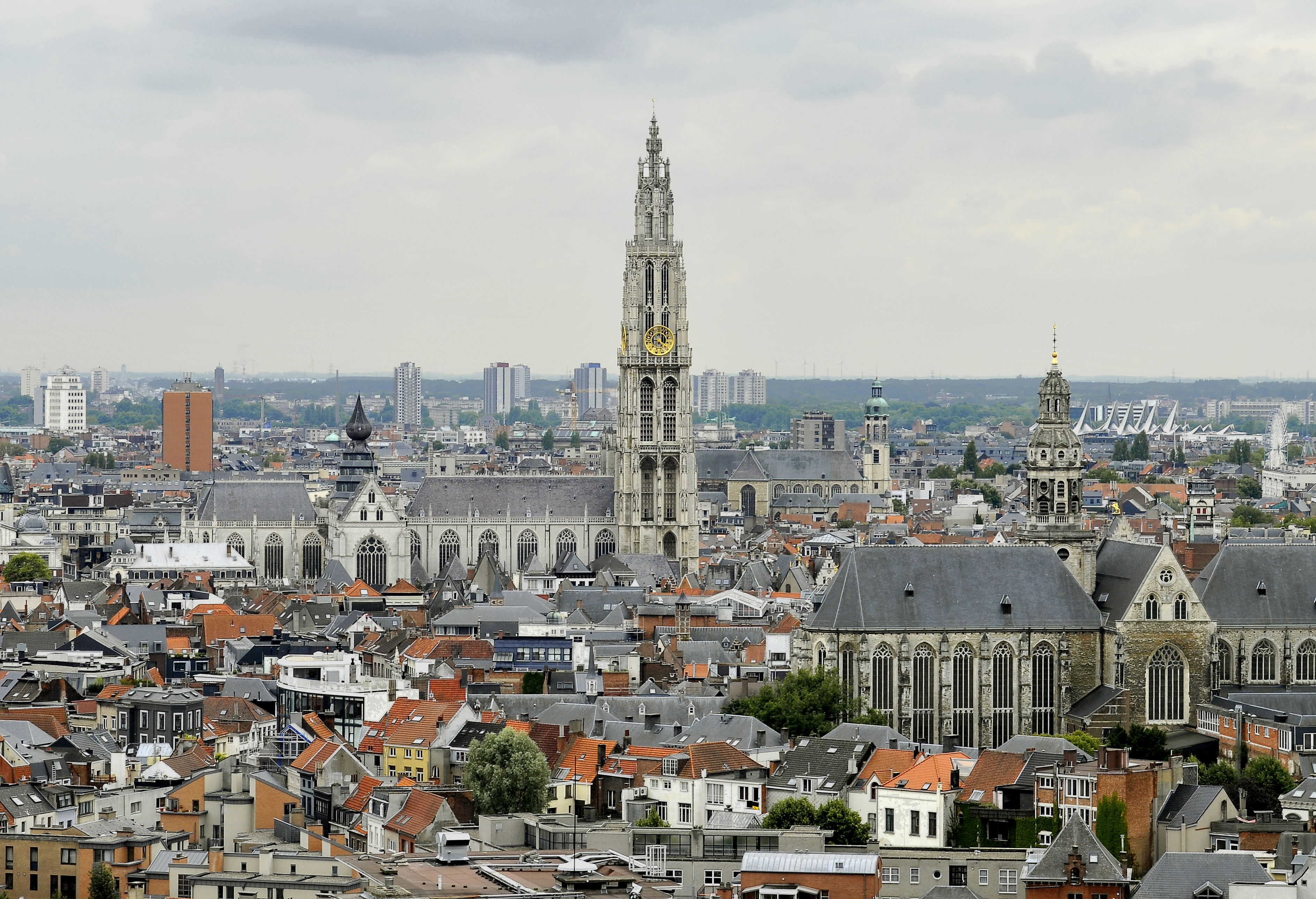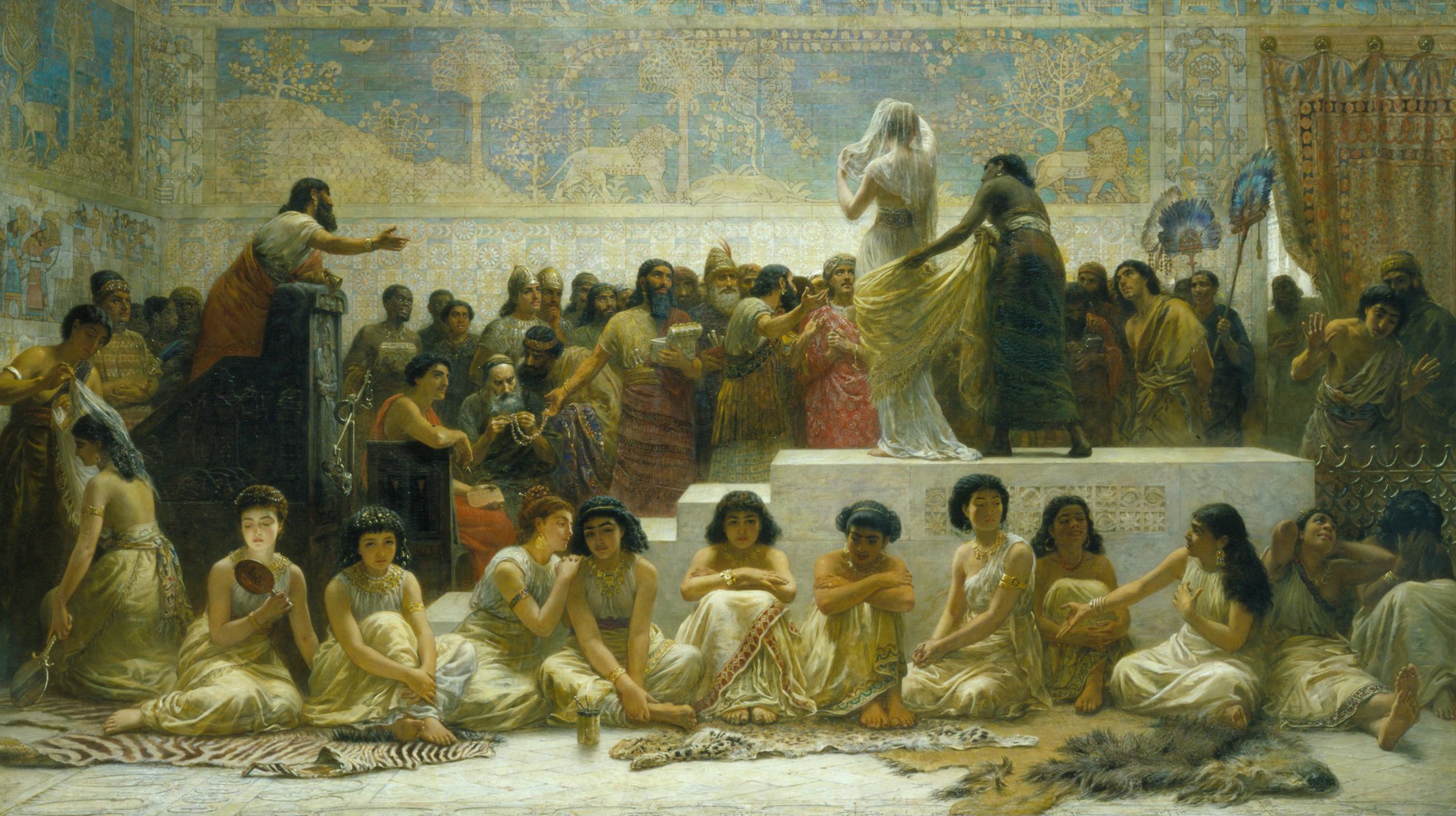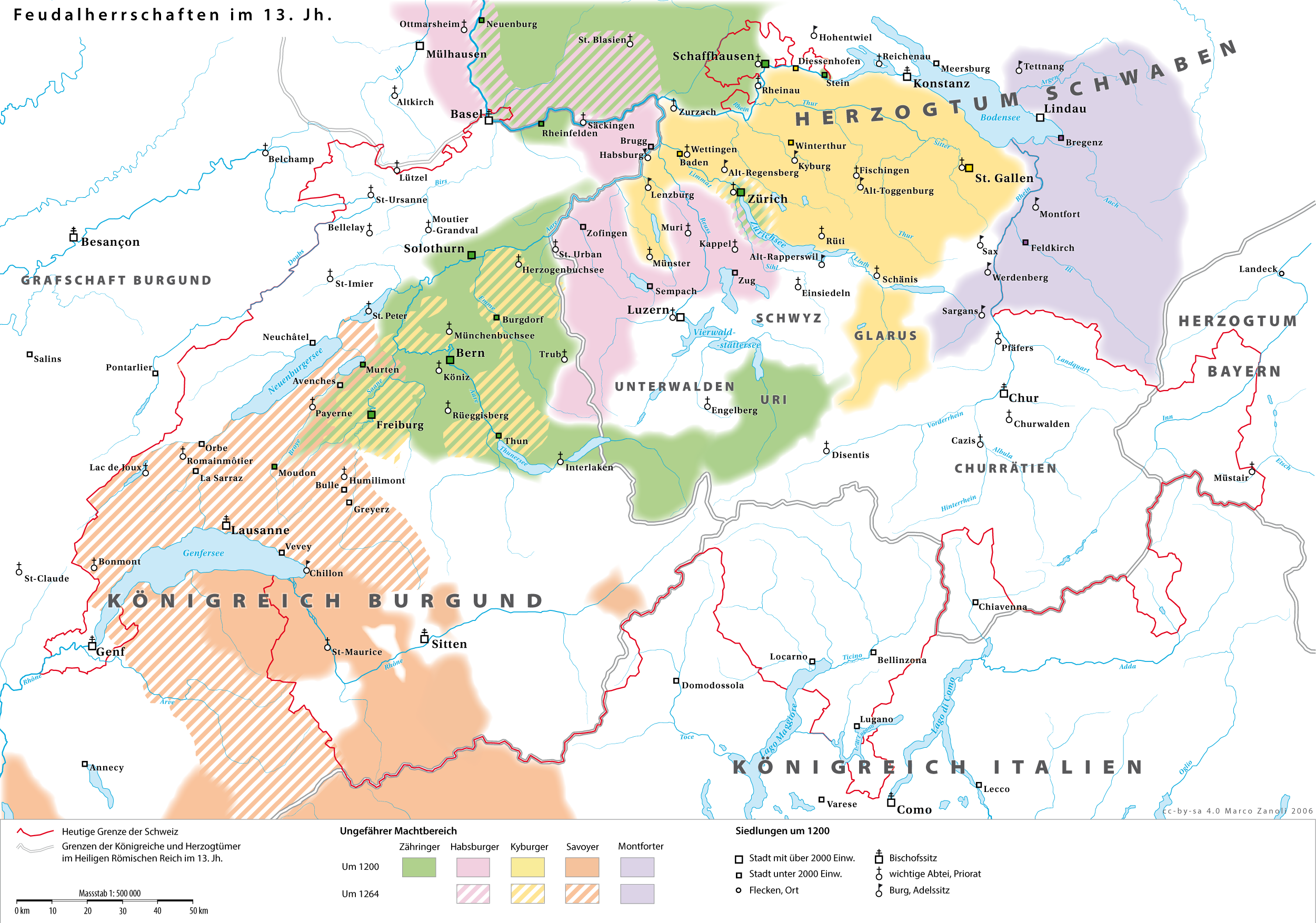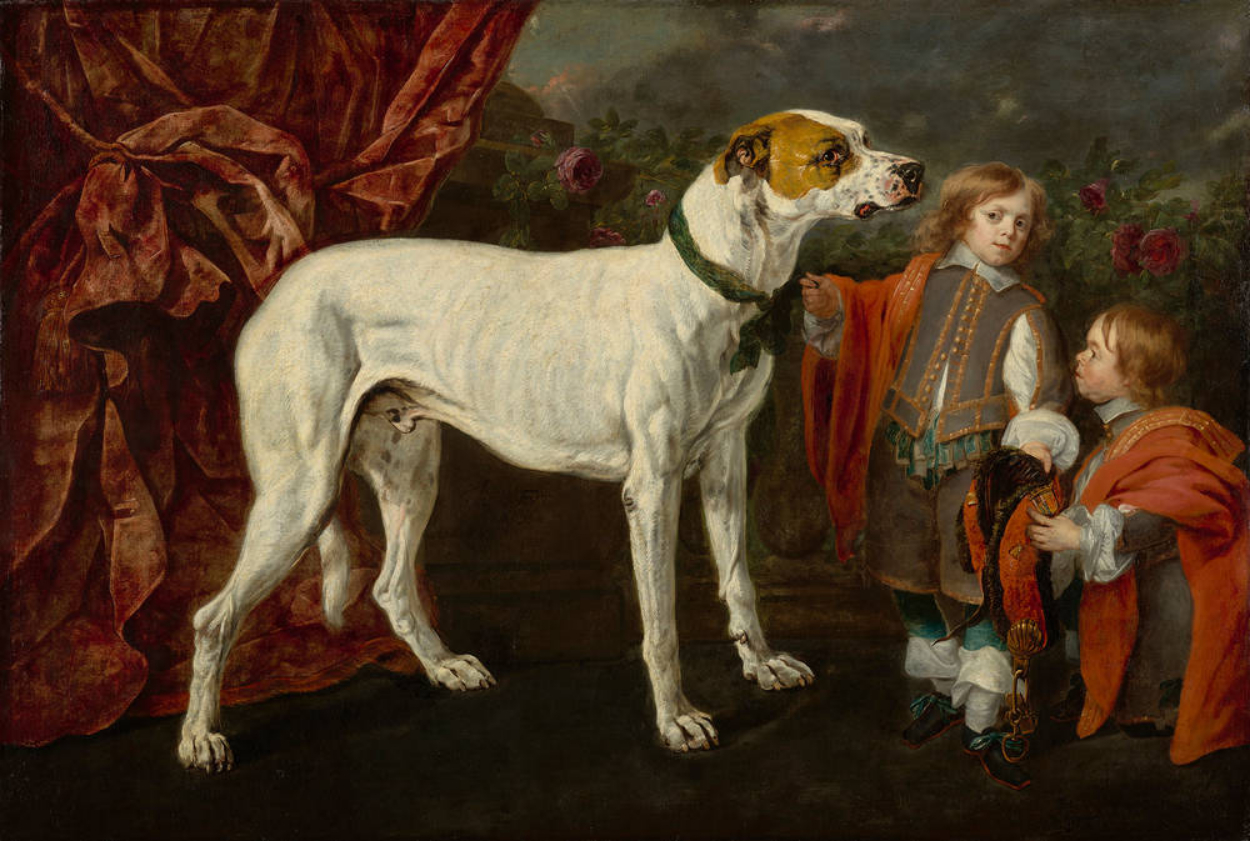|
Antwerp School
The Antwerp School was a school of artists active in Antwerp, first during the 16th century when the city was the economic center of the Low Countries, and then during the 17th century when it became the artistic stronghold of the Flemish Baroque under Peter Paul Rubens. History Antwerp took over from Bruges as the main trading and commercial center of the Low Countries around 1500. Painters, artists and craftsmen joined the Guild of Saint Luke, which educated apprentices and guaranteed quality. The first school of artists that emerged in the city were the Antwerp Mannerists, a group of anonymous late Gothic painters active in the city from about 1500 to 1520. They were followed by Mannerist painters in the Italian tradition that developed at the end of the High Renaissance. Jan Gossaert was a major artist in the city at this time. Other artists, such as Frans Floris, continued this style. The iconoclastic riots ('Beeldenstorm' in Dutch) of 1566 that preceded the Dutch Revolt ... [...More Info...] [...Related Items...] OR: [Wikipedia] [Google] [Baidu] |
Antwerp
Antwerp (; nl, Antwerpen ; french: Anvers ; es, Amberes) is the largest city in Belgium by area at and the capital of Antwerp Province in the Flemish Region. With a population of 520,504,Statistics Belgium; ''Loop van de bevolking per gemeente'' (Excel file) Population of all municipalities in Belgium, . Retrieved 1 November 2017. it is the most populous municipality in Belgium, and with a metropolitan population of around 1,200,000 people, it is the second-largest ... [...More Info...] [...Related Items...] OR: [Wikipedia] [Google] [Baidu] |
Scheldt
The Scheldt (french: Escaut ; nl, Schelde ) is a river that flows through northern France, western Belgium, and the southwestern part of the Netherlands, with its mouth at the North Sea. Its name is derived from an adjective corresponding to Old English ' ("shallow"), Modern English ''shoal'', Low German ''schol'', West Frisian ''skol'', and Swedish (obsolete) ''skäll'' ("thin"). Course The headwaters of the Scheldt are in Gouy, in the Aisne department of northern France. It flows north through Cambrai and Valenciennes, and enters Belgium near Tournai. Ghent developed at the confluence of the Lys, one of its main tributaries, and the Scheldt, which then turns east. Near Antwerp, the largest city on its banks, the Scheldt flows west into the Netherlands toward the North Sea. Originally there were two branches from that point: the Oosterschelde (Eastern Scheldt); and the Westerschelde (Western Scheldt). In the 19th century, however, the Dutch built a dyke that cuts the r ... [...More Info...] [...Related Items...] OR: [Wikipedia] [Google] [Baidu] |
Pieter Aertsen
Pieter Aertsen (1508 – 2 June 1575), called ''Lange Piet'' ("Tall Pete") because of his height, was a Dutch painter in the style of Northern Mannerism. He is credited with the invention of the monumental genre scene, which combines still life and genre painting and often also includes a biblical scene in the background. He was active in his native city Amsterdam but also worked for a long period in Antwerp, then the centre of artistic life in the Netherlands. His genre scenes were influential on later Flemish Baroque painting, Dutch still life painting and also in Italy. His peasant scenes preceded by a few years the much better-known paintings produced in Antwerp by Pieter Bruegel the Elder. Career Aertsen was born in Amsterdam, and was apprenticed to Allaert Claesz. He later travelled to the Southern Netherlands and took up residence in Antwerp, first with his compatriot Jan Mandijn. Aertsen became a member of Antwerp's Guild of Saint Luke. In the official books of the ... [...More Info...] [...Related Items...] OR: [Wikipedia] [Google] [Baidu] |
Auction
An auction is usually a process of buying and selling goods or services by offering them up for bids, taking bids, and then selling the item to the highest bidder or buying the item from the lowest bidder. Some exceptions to this definition exist and are described in the section about different types. The branch of economic theory dealing with auction types and participants' behavior in auctions is called auction theory. The open ascending price auction is arguably the most common form of auction and has been used throughout history. Participants bid openly against one another, with each subsequent bid being higher than the previous bid. An auctioneer may announce prices, while bidders submit bids vocally or electronically. Auctions are applied for trade in diverse contexts. These contexts include antiques, paintings, rare collectibles, expensive wines, commodities, livestock, radio spectrum, used cars, real estate, online advertising, vacation packages, emission ... [...More Info...] [...Related Items...] OR: [Wikipedia] [Google] [Baidu] |
Habsburg
The House of Habsburg (), alternatively spelled Hapsburg in Englishgerman: Haus Habsburg, ; es, Casa de Habsburgo; hu, Habsburg család, it, Casa di Asburgo, nl, Huis van Habsburg, pl, dom Habsburgów, pt, Casa de Habsburgo, la, Domus Habsburg, french: Maison des Habsbourg and also known as the House of Austriagerman: link=no, Haus Österreich, ; es, link=no, Casa de Austria; nl, Huis van Oostenrijk, pl, dom Austrii, la, Domus Austriæ, french: Maison d'Autriche; hu, Ausztria Háza; it, Casa d'Austria; pt, Casa da Áustria is one of the most prominent and important dynasties in European history. The house takes its name from Habsburg Castle, a fortress built in the 1020s in present-day Switzerland by Radbot of Klettgau, who named his fortress Habsburg. His grandson Otto II was the first to take the fortress name as his own, adding "Count of Habsburg" to his title. In 1273, Count Radbot's seventh-generation descendant Rudolph of Habsburg was elected King of the R ... [...More Info...] [...Related Items...] OR: [Wikipedia] [Google] [Baidu] |
Guild Of Romanists
The Guild of Romanists or Confrérie van romanisten was a society which was active in Antwerp from the late 16th to the late 18th century. Its membership was made up of notables and artists from Antwerp who had visited Rome. It offered artists access to the networks of Antwerp's urban elites.Rengenier C. Rittersma, ''Luxury in the Low Countries: Miscellaneous Reflections on Netherlandish Material Culture, 1500 to the Present'', Asp / Vubpress / Upa, 2010, p. 111 History The Guild was established in 1572 in Antwerp's Cathedral of Our Lady under the patronage of St. Paul and St. Peter and was therefore also known as the 'Broederschap van de HH. Petrus en Paulus' (Confrérie of St. Peter and Paul). It was a condition of membership to have visited Rome. The condition of having visited Rome to enjoy membership appears to have been strictly enforced and art historians accept membership of the Guild as evidence of visits to Rome that are (in the case of Fyt etc.) otherwise undocumente ... [...More Info...] [...Related Items...] OR: [Wikipedia] [Google] [Baidu] |
Paul De Vos
Paul de Vos (1591/92, or 1595 in Hulst – 30 June 1678 in Antwerp) was a Flemish Baroque painter who specialized in mainly in compositions of animals, hunting scenes and still lifes. He worked for an elite clientele and was a regular collaborator of leading Antwerp painters such as Anthony van Dyck and Peter Paul Rubens.Katlijne Van der Stighelen and Arnout Balis. "Vos, de (i)."] Grove Art Online. Oxford Art Online. Oxford University Press. Web. 9 January 2017 Life De Vos was born in Hulst near Antwerp, now in the Dutch province of Zeeland. Little is known of his childhood. His father moved with his family to Antwerp in 1596. In 1604 Paul de Vos became a pupil of the obscure painter Denijs van Hove in Antwerp. In 1605 he continued his studies under the little-known painter David Remeeus (1559–1626) with whom his older brother Cornelis also trained. He later also trained with the equally obscure Eduard Snayers. De Vos became a master and joined the guild of St. Luke at a ... [...More Info...] [...Related Items...] OR: [Wikipedia] [Google] [Baidu] |
Jan Fyt
Jan Fijt or Johannes Fijt (or Fyt) (19 August 1609 – 11 September 1661) was a Flemish Baroque painter, draughtsman and etcher. One of the leading animaliers of the 17th century, he was known for his refined depictions of animals and his lush hunting pieces.Matthias Depoorter, ''Joannes Fijt'' at Barok in Vlaanderen Life  Jan Fyt was born in as the son of a wealthy merchantLiechtenstein, the Princely Collections, Metropolitan Museum of Art ...
Jan Fyt was born in as the son of a wealthy merchantLiechtenstein, the Princely Collections, Metropolitan Museum of Art ...
[...More Info...] [...Related Items...] OR: [Wikipedia] [Google] [Baidu] |
Frans Snyders
Frans Snyders or Frans Snijders (11 November 1579, Antwerp – 19 August 1657, Antwerp) was a Flemish painter of animals, hunting scenes, market scenes and still lifes. He was one of the earliest specialist animaliers and he is credited with initiating a wide variety of new still-life and animal subjects in Antwerp. He was a regular collaborator with leading Antwerp painters such as Peter Paul Rubens, Anthony van Dyck and Jacob Jordaens.Matthias Depoorter, ''Frans Snijders'' at barokinvlaanderen Life Snyders was born in Antwerp as the son of Jan Snijders, the keeper of a wine inn frequented by artists. According to legend the famous 16th-century painter |
Animalier
An animalier (, ) is an artist, mainly from the 19th century, who specializes in, or is known for, skill in the realistic portrayal of animals. " Animal painter" is the more general term for earlier artists. Although the work may be in any genre or format, the term is most often applied to sculptors and painters. ''Animalier'' as a collective plural noun, or ''animalier bronzes'', is also a term in antiques for small-scale sculptures of animals, of which large numbers were produced, often mass-produced, primarily in 19th-century France and to a lesser extent elsewhere in continental Europe. Although many earlier examples can be found, animalier sculpture became more popular, and reputable, in early 19th-century Paris with the works of Antoine-Louis Barye (1795–1875), for whom the term was coined, derisively, by critics in 1831, and of Émile-Coriolan Guillemin. By the mid-century, a taste for animal subjects was very widespread among all sections of the middle classes. P ... [...More Info...] [...Related Items...] OR: [Wikipedia] [Google] [Baidu] |
Old Master Print
An old master print is a work of art produced by a printing process within the Western tradition. The term remains current in the art trade, and there is no easy alternative in English to distinguish the works of " fine art" produced in printmaking from the vast range of decorative, utilitarian and popular prints that grew rapidly alongside the artistic print from the 15th century onwards. Fifteenth-century prints are sufficiently rare that they are classed as old master prints even if they are of crude or merely workmanlike artistic quality. A date of about 1830 is usually taken as marking the end of the period whose prints are covered by this term. The main techniques used, in order of their introduction, are woodcut, engraving, etching, mezzotint and aquatint, although there are others. Different techniques are often combined in a single print. With rare exceptions printed on textiles, such as silk, or on vellum, old master prints are printed on paper. This article is con ... [...More Info...] [...Related Items...] OR: [Wikipedia] [Google] [Baidu] |
Anthony Van Dyck
Sir Anthony van Dyck (, many variant spellings; 22 March 1599 – 9 December 1641) was a Brabantian Flemish Baroque artist who became the leading court painter in England after success in the Southern Netherlands and Italy. The seventh child of Frans van Dyck, a wealthy Antwerp silk merchant, Anthony painted from an early age. He was successful as an independent painter in his late teens, and became a master in the Antwerp guild in 1618. By this time he was working in the studio of the leading northern painter of the day, Peter Paul Rubens, who became a major influence on his work. Van Dyck worked in London for some months in 1621, then returned to Flanders for a brief time, before travelling to Italy, where he stayed until 1627, mostly in Genoa. In the late 1620s he completed his greatly admired ''Iconography'' series of portrait etchings, mostly of other artists. He spent five years in Flanders after his return from Italy, and from 1630 was court painter for the ... [...More Info...] [...Related Items...] OR: [Wikipedia] [Google] [Baidu] |












